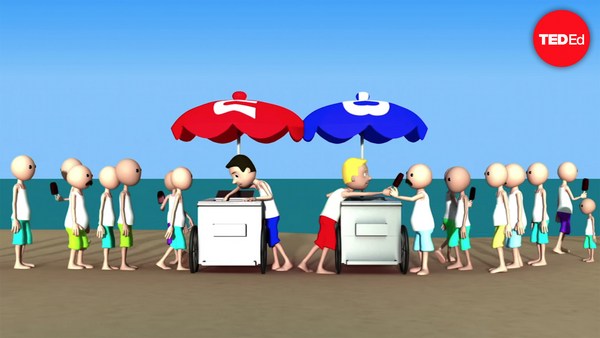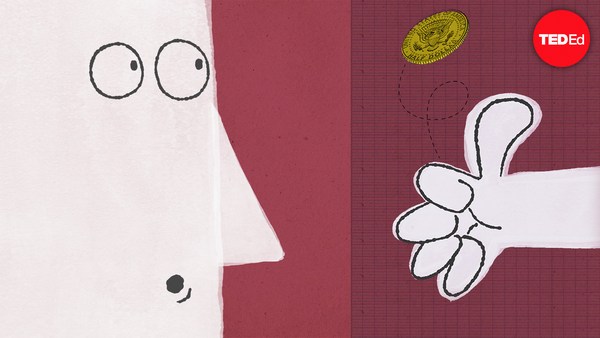A few months ago we posed a challenge to our community. We asked everyone: given a range of integers from 0 to 100, guess the whole number closest to 2/3 of the average of all numbers guessed. So if the average of all guesses is 60, the correct guess will be 40. What number do you think was the correct guess at 2/3 of the average?
Let’s see if we can try and reason our way to the answer. This game is played under conditions known to game theorists as common knowledge. Not only does every player have the same information — they also know that everyone else does, and that everyone else knows that everyone else does, and so on, infinitely. Now, the highest possible average would occur if every person guessed 100. In that case, 2/3 of the average would be 66.66. Since everyone can figure this out, it wouldn’t make sense to guess anything higher than 67.
If everyone playing comes to this same conclusion, no one will guess higher than 67. Now 67 is the new highest possible average, so no reasonable guess should be higher than ⅔ of that, which is 44. This logic can be extended further and further. With each step, the highest possible logical answer keeps getting smaller. So it would seem sensible to guess the lowest number possible.
And indeed, if everyone chose zero, the game would reach what’s known as a Nash Equilibrium. This is a state where every player has chosen the best possible strategy for themselves given everyone else playing, and no individual player can benefit by choosing differently.
But, that’s not what happens in the real world. People, as it turns out, either aren’t perfectly rational, or don’t expect each other to be perfectly rational. Or, perhaps, it’s some combination of the two.
When this game is played in real-world settings, the average tends to be somewhere between 20 and 35. Danish newspaper Politiken ran the game with over 19,000 readers participating, resulting in an average of roughly 22, making the correct answer 14. For our audience, the average was 31.3. So if you guessed 21 as 2/3 of the average, well done.
Economic game theorists have a way of modeling this interplay between rationality and practicality called k-level reasoning. K stands for the number of times a cycle of reasoning is repeated. A person playing at k-level 0 would approach our game naively, guessing a number at random without thinking about the other players. At k-level 1, a player would assume everyone else was playing at level 0, resulting in an average of 50, and thus guess 33. At k-level 2, they’d assume that everyone else was playing at level 1, leading them to guess 22. It would take 12 k-levels to reach 0.
The evidence suggests that most people stop at 1 or 2 k-levels. And that’s useful to know, because k-level thinking comes into play in high-stakes situations. For example, stock traders evaluate stocks not only based on earnings reports, but also on the value that others place on those numbers. And during penalty kicks in soccer, both the shooter and the goalie decide whether to go right or left based on what they think the other person is thinking. Goalies often memorize the patterns of their opponents ahead of time, but penalty shooters know that and can plan accordingly. In each case, participants must weigh their own understanding of the best course of action against how well they think other participants understand the situation.
But 1 or 2 k-levels is by no means a hard and fast rule— simply being conscious of this tendency can make people adjust their expectations. For instance, what would happen if people played the 2/3 game after understanding the difference between the most logical approach and the most common? Submit your own guess at what 2/3 of the new average will be by using the form below, and we’ll find out.


